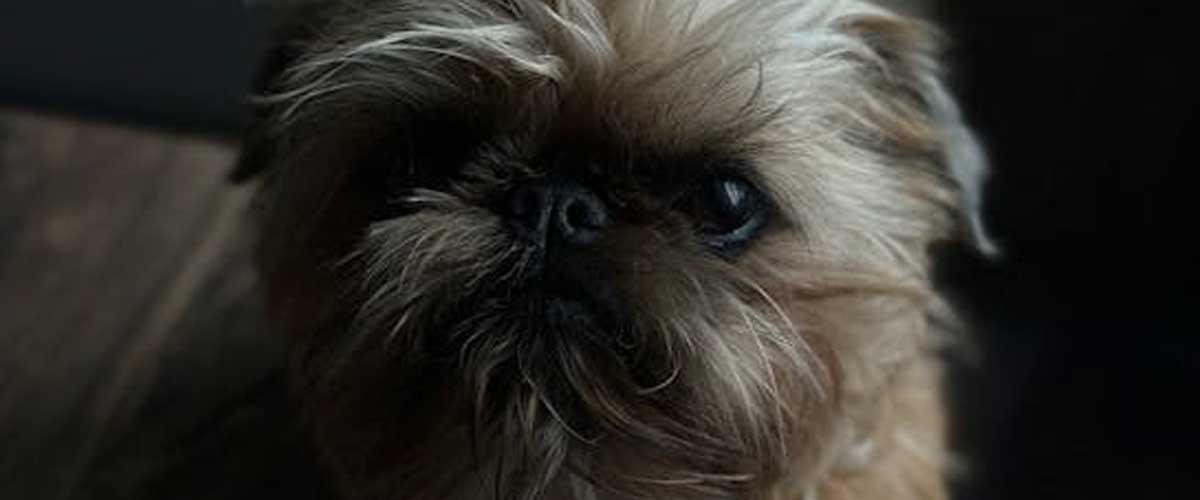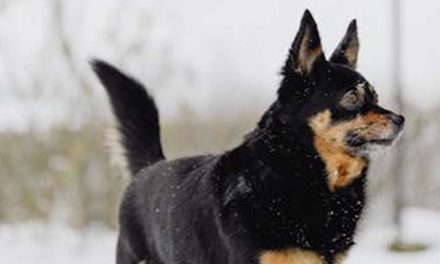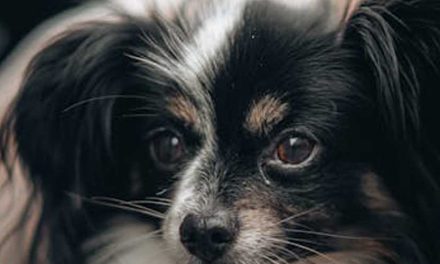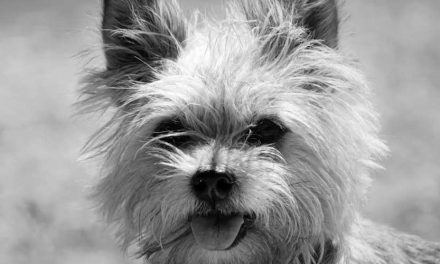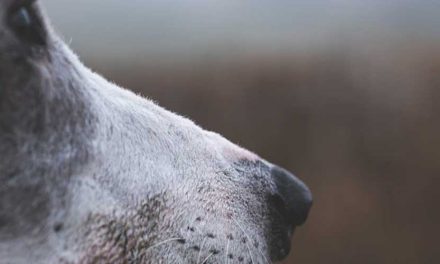The Griffon Bruxellois, often simply referred to as the Brussels Griffon, is a charming toy breed that has captivated dog lovers with its unique appearance and delightful personality.
Originally bred in Belgium, this little companion is known for its expressive face and lively demeanor, making it a popular choice for families, singles, and seniors alike.
Origin and History
The Brussels Griffon’s roots date back to the late 19th century in Brussels, Belgium, where they were initially bred as a type of rat catcher.
The breed is believed to be a cross between the Affenpinscher and small native Belgian breeds, notably the Brussels Terrier.
Over time, they transitioned from working dogs to beloved companion animals, gaining popularity for their quirky looks and engaging personalities.
Appearance
One of the most striking features of the Brussels Griffon is its expressive face, framed by a distinctive beard and mustache.
They come in two coat types: rough and smooth.
The rough-coated variety has a wiry, dense coat that requires regular grooming, while the smooth-coated version boasts a short, straight coat that is easier to maintain.
Colors can vary from red to black and black and tan.
Weighing between 8 to 12 pounds, these small dogs are compact and sturdy, with a height of about 7 to 12 inches.
Their round, expressive eyes and short, pushed-in nose contribute to their endearing appearance.
Temperament
The Griffon Bruxellois is often described as lively, affectionate, and sometimes even a bit mischievous.
They are known for their strong attachment to their owners and can be quite playful.
These dogs thrive on companionship and can become attached to their families, often following them from room to room.
Despite their small size, they are confident and can exhibit a protective instinct toward their loved ones.
Early socialization is crucial to ensure they grow up to be well-rounded dogs, as they can sometimes be wary of strangers.
Training and Exercise
Brussels Griffons are intelligent and eager to please, making them relatively easy to train.
However, their stubbornness can present challenges, so consistent and positive reinforcement methods are recommended.
Socialization is important from a young age, as exposure to different people, pets, and environments will help curb any unnecessary wariness or shyness.
In terms of exercise, these small dogs do not require extensive workouts.
A couple of short walks and some playtime indoors or in a secure yard are usually sufficient.
They enjoy interactive games and thrive on mental stimulation, so puzzle toys or training sessions can be beneficial.
Health and Care
Like all breeds, the Brussels Griffon is prone to certain health issues.
Potential concerns include eye problems, respiratory issues due to their brachycephalic (flat-faced) structure, and dental problems.
Regular veterinary check-ups, a healthy diet, and appropriate exercise can help manage their health effectively.
Grooming needs can vary depending on the coat type.
Rough-coated Griffons require regular brushing to prevent matting, while smooth-coated ones need only occasional brushing to maintain their coat’s health.
Conclusion
The Griffon Bruxellois is a delightful breed that offers companionship, charm, and personality in a small package.
Their affectionate nature and playful demeanor make them wonderful family pets and companions.
For those willing to invest in their training and care, the Brussels Griffon can be a loving addition to any home, bringing joy and laughter with their quirky antics and loving spirit.
Whether you’re looking for a snuggle buddy or a playful partner in crime, the Griffon Bruxellois might just be the perfect dog for you.

